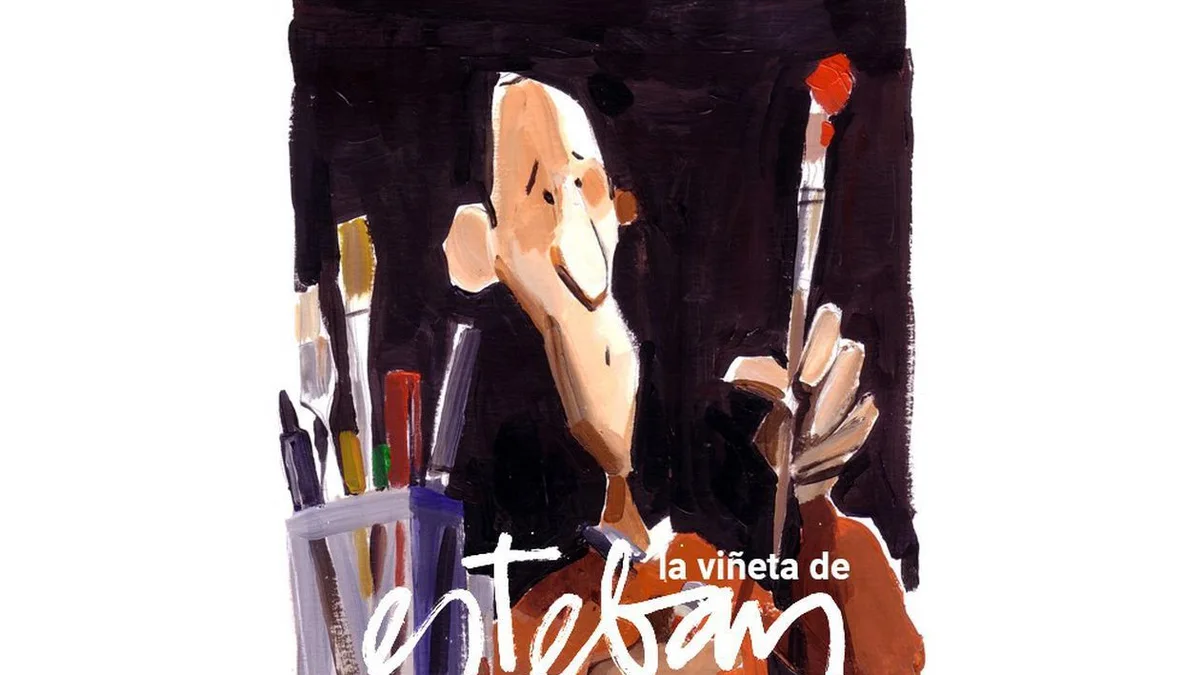Eighteen months ago, I covered a large portion of my backyard with the seeds of white clover (Trifolium repens), also known as Dutch clover. This is the classic clover that grows in lawns and is erroneously considered to be a weed in some quarters. I am enormously pleased with my decision to grow clover even if initially I was skeptical.
I planted the seeds at the beginning of the fall since I knew clover seeds germinate best in cool weather. Yet, lo and behold, there was a heatwave immediately after I planted which necessitated frequent irrigation to make sure the seeds sprouted before drying up in the hot weather. Unfortunately, I made the mistake of assuming no weeds would sprout in this area since it had been blanketed with mulch and appeared to be weed-free. However, having removed the mulch for the seeds to make contact with the earth, weeds came up in profusion — dandelion, sow thistle, and lesser swine weed but, predominantly, chickweed.
Knowing of clover’s aggressive growth habit once it put down roots, I held out hope that it would eventually take over. The winter that followed was rainy and, by March, the weeds had indeed been virtually smothered by the clover. Although clover attracts bees, it also attracts ladybugs, and I was pleased to see my grandchildren ladybug hunting whenever they came to visit. I also mowed the clover every month to keep it at around four inches tall.
This past winter I decided to just let the clover grow and it eventually reached one foot in height. However, this also turned out to be a mistake, evidenced by the emergence of hordes of slugs that slithered across an adjacent patio and climbed the back wall of my house that abutted the clover. I learned that slugs are attracted to clover that is allowed to grow tall since the shade and perpetual moisture beneath are conditions that allow slugs to thrive. I now noticed leaves being slowly shredded by the slugs.
As I normally awaken before dawn, I would shine a flashlight and see the march of the slugs which, shortly after sunrise, ended when they would return to the clover that they called home. I also noticed a skunk whose presence was due to the slugs upon which this furry nocturnal creature likes to dine. The skunk had burrowed under our backyard fence which I plugged by stuffing the opening they had created with a few bricks. Where conditions are right, skunks have been known to build their dens in clover fields so I definitely did not want that happening on my watch.
After mowing my clover down to the ground, the slugs kept coming so I had to resort to a chemical solution and spread Sluggo pellets — a slug and snail bait that is non-toxic to pets and other animals — along the patio and wall where the slugs emerged at night. About a week later, they were gone. Two weeks later, the clover has grown back to a height of four inches and each leaf is pristine. My stand of clover has proven to be especially durable and I would recommend outsidepride.com, which was my seed source, if the idea of planting clover makes sense to you.
However, I would not delay in planting clover seed since it will germinate much more quickly now than when warmer weather arrives later in the spring. The thought of turning my clover patch into a vegetable or fruit garden at a later date looms as an intriguing possibility. Clover’s roots do a wonderful job of aerating the soil and, as a legume, it increases soil fertility too so that anything you plant there will have a perfect environment for luxurious growth and productivity.
•
“How to Grow Flowers in Small Spaces” (Adams Media, 2024) by Stephanie Walker is a valuable book for anyone wishing to learn about planting flowers or, for that matter, anything else. Whether you are a novice or experienced gardener, your knowledge of growing from seeds or transplants will expand upon perusal of this volume.
For instance, if you plant tiny seeds — petunia, pansy, and carrot come to mind — it is advisable to put a thin layer of vermiculite over them to prevent desiccation before they germinate. You can plant seeds indoors as long as they get 12-16 hours of light per day. Use regular fluorescent bulbs positioned two inches above the seeds. The author suggests allowing a small fan to blow on the emerging seedlings for a few hours per day to strengthen their stems. As to whether seeds should be sown directly in the garden bed or germinated indoors, there are advantages to each. The strongest plants are those that germinate outdoors since they will have acclimated to the soil and microclimate where they grow and be stronger — more disease and drought-resistant — that transplants installed in the same garden spot. Transplants, however, will grow more quickly than those grown from seed on site.
However, the transplants will probably not endure in the garden as long as those germinated on site.
As for planting in containers, Walker emphasizes the importance of changing container soil every 12-18 months and excellent soil drainage is essential. To this end, the author explains why putting rocks at the bottom of a container is harmful. A layer of rocks or pebbles or pottery shards will remains constantly wet. Thus, when roots reach this layer they will always be wet, too, inviting fungus disease. To improve drainage, addition of perlite to your container soil mix is advised.
•
Upon opening “Bird-Friendly Gardening” (Quarto, 2024), by Jen McGuinness, I immediately went to the short chapter titled “Fruit Garden for the Birds.” Sure, I’m thinking, a fruit garden will attract birds but will there be any left over for the gardener? In the case of blueberries, at least, the author recommends that we should “plant extra plants.” It reminds me of what to do if rabbits are a problem in your vegetable garden. A classic suggestion has you encircle your vegetable patch with lettuce so that the rabbits will feast on the lettuce and leave the veggies on the inside of the lettuce circle alone. Where strawberries are concerned, McGuinness advises growing them under floating row cover for the first harvest and then removing the cover so birds can have a bite of your berries as well. She also mentions elderberry (Sambucus), represented in California by our own native species, as a fruiting tree that brings in the birds.
The list of native plants that attract hummingbirds includes Penstemon, California fuchsia (Epilobium canum), and Baja fairy duster (Callifandra californica). We tend to think that hummingbirds hover mostly around tubular flowers. After all, why else would they have such long beaks? Yet red flowers on a wide variety of plants, such as those seen on Baja fair duster, are magically magnetic to hummingbirds too.
California native of the week: San Diego or San Miguel sage (Salvia munzii) is considered the best sage for container growing due to its small size of two to three feet tall with a girth of three to four feet. It is also significantly drought tolerant although it accepts summer water without complaint. It will drop its leaves in summer when water-deprived but will remain leafy when given regular water. Flowers are blue and foliage is green. The plant has a mounding growth habit and thus is highly sought after as an ornamental. While it is rarely seen in the nursery trade, its seeds are readily available through online vendors. If anyone knows of a local source for live plants of this species, please advise.
Note: A reader named Jacki correctly pointed out by email that in a recent column I erroneously called lacy phacelia by the name of lady phacelia. This is a special California native (Phacelia tanacetifolia) with violet blooms and finely cut foliage that is widely used as a ground cover to improve soil quality, especially prior to planting vegetable crops.
Please send your gardening questions, comments and tips to joshua@perfectplants.com.
Related Articles
So I bought an orchid at a plant sale. Here’s what I learned
Why the colorful blooms of this water-wise plant make it ideal for gardens
Why companion planting in the garden creates more effective growth
Master Gardener: What’s happening to our naval orange tree?
Why no indoor garden should be without this plant





